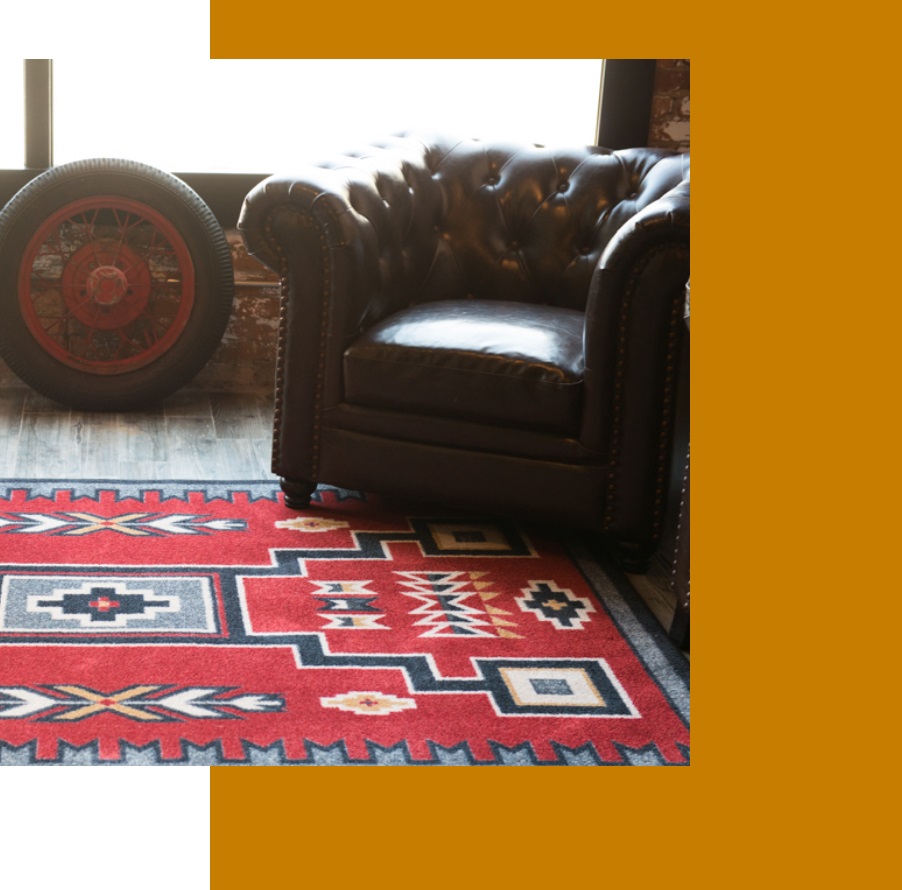
navajo textiles for sale
They are more likely to incorporate natural wool colors and more subdued chemical shades. Yeis continue to be very popular with collectors and are now being made in nearly all parts of the reservation. Although rugs have been the predominant product of Navajo looms over past century, weavers have continued to make other types of products, if on a smaller scale. Navajo culture thoroughly embraced the horse in the late 19th century, and saddle blankets were commonly produced until the 1950s.


